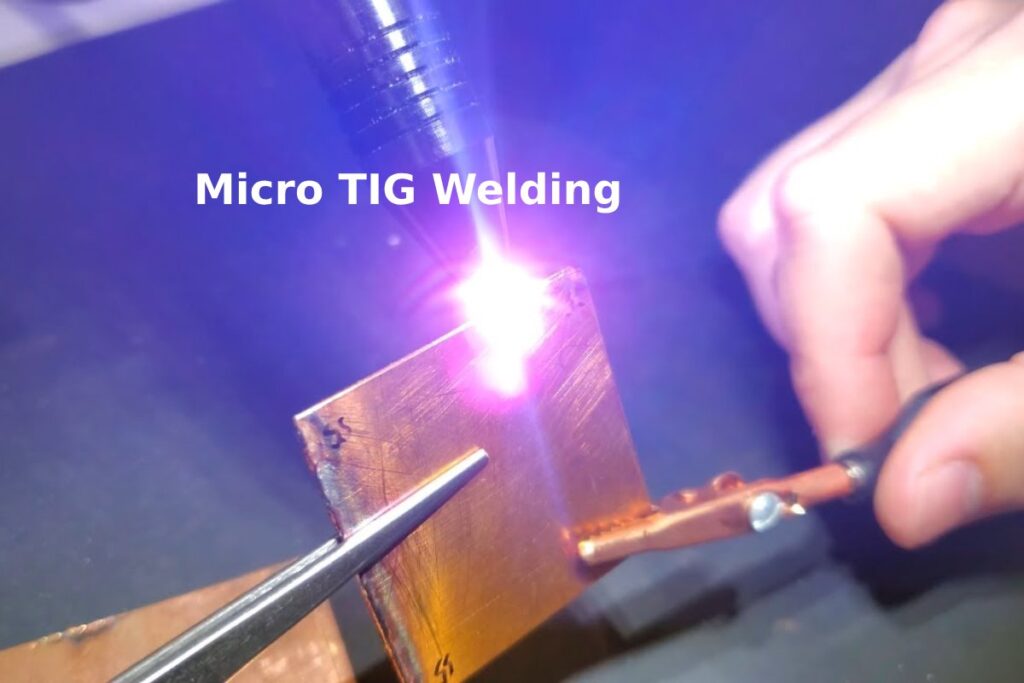Micro TIG welding is popular for producing high-quality welds and is useful in various applications. It’s a welding process that works by creating a high-temperature plasma arc between the work device and a tungsten electrode. It uses inert gas which displaces air from the weld area, minimizing voltage or resistance requirements across the gap. Micro TIG welding is useful for repairing or joining tiny intricate parts and can supply lower currents with high levels of precision and control.
Applications of TIG welding
Micro TIG welding is a specialized welding technique used to join small components, thanks to its precision and accuracy. It’s applicable in a wide range of situations. These include:
· Manufacture of medical devices
Micro TIG welding is useful in the medical sector in many ways. It’s applicable in medical device welding, mostly during the manufacture of various medical devices and implants. The process ensures precise and sterile joints among medical components that meet the required safety standards. Micro TIG processes are also useful during the production of optical fibers. It ensures precise connections and minimizes distortion during the manufacture of sensitive optical elements.
· Electronics manufacturing
Electronic parts include delicate parts that require high levels of precision during repair or manufacturing. Micro TIG welding is useful in the process and helps in the production of electronic parts for instance connectors and circuit boards. The technique allows one to join the delicate parts without damaging the surrounding sensitive areas, especially in sensitive electronics.
· Aerospace industry
Micro TIG welding is commonly used in the aerospace industry to assemble small, lightweight aircraft parts and components. These parts require high levels of precision and the technique ensures structural integrity and performance.
· Jewelry making
Jewelry manufacture involves soldering small parts and repairing intricate parts, and this is where micro TIG welding comes in. The process helps solder tiny components and repair intricate parts without compromising the surrounding areas and aesthetics. For instance, Micro Weld techniques use low heat and don’t weaken or affect the strength of the parts, which ensures minimal distortion
· Manufacture of precision instruments
Micro TIG welding is useful in the manufacture of precision instruments. These include gauges, sensors, and measuring devices. This is because small joints are critical to their functionality, and the process can join small parts together without damaging them. It can produce high-quality welds in tight areas where traditional welding methods won’t be applicable.
Benefits of Micro TIG welding
1. Precision & versatility
Micro TIG welding is a special procedure, mostly suited for welding thin materials and intricate parts. It offers many benefits and is useful in various applications. The process is popular for its high precision, and allows for precision and control, making it ideal for intricate designs. Micro TIG welding minimizes heat during welding and reduces the risk of warping or damage. Moreover, it’s highly versatile and can be used on various materials such as copper, titanium, stainless steel, and more. The technique is applicable for varied thicknesses and will ensure high-quality welds.
2. Superior quality welds
Micro TIG welding produces strong and clean welds with minimal spatter. It ensures a high-quality finish, thus the welds don’t require extensive cleanup or finishing. The process also ensures the welds are strong due to the controlled heat application, reducing the chances of cracks on sensitive materials. The welds produced require less post-weld treatment, which is cost-effective in the long run.
3. Weld joint access
It is useful in joining or repairing tiny components and is effective for tight spaces and joints. It’s suitable for electronics and other industries dealing with small machinery. The procedure is highly effective for joining these sections without burning through the welded material.
4. Low heat/ Minimum distortion
It involves low heat input which helps preserve the properties of the base materials during welding. This is crucial when joining heat-sensitive alloys. Moreover, the technique can easily integrate to automated systems, allowing for high-volume production. During, there’s a need for fewer filer materials, which reduces the costs.
In summary, it is useful in various industries and is associated with numerous benefits. The process ensures high-quality welds and is applicable for thin or intricate parts. To get the most out of the process, engage an experienced company and get superior quality welds that you won’t get from conventional welding solutions.


